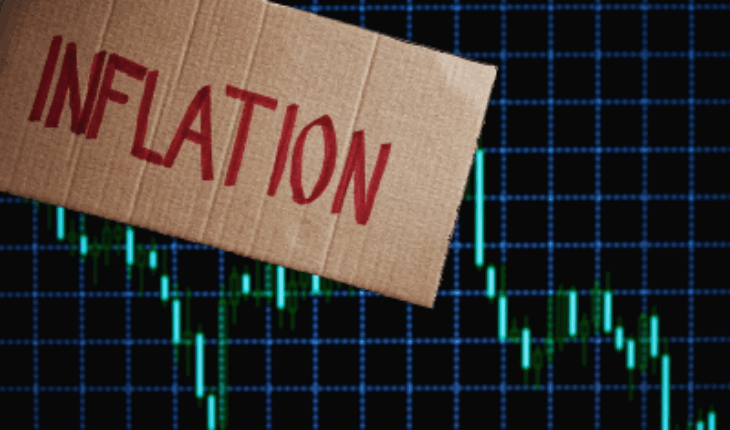The sharp drop in inflation in April — retail at a 69-month low and wholesale at a 13-month low — offers welcome relief to households and policymakers alike. For citizens, it confirms that the price pressures of the past year are easing. For the Reserve Bank of India (RBI), it validates the recent rate cuts, made to support growth. The data suggests that food prices are chiefly responsible for the decline.
Vegetable prices dropped nearly 11 per cent at the retail level and over 18 per cent at the wholesale level. Pulses also became cheaper. Yet much of this is due to a statistical base effect — inflation in these items was extremely high in the same period last year. Even so, policy actions seem to be working. The government’s timely steps to release buffer stocks, import key items, and curb hoarding have helped.
A less favourable contributor may have been the recent liquidity squeeze in the banking system, which left less money to lend and spend. What comes next will depend heavily on the monsoon. A weak or erratic rainy season could reverse these gains quickly. International trade tensions, especially tariff disputes, will also add uncertainty.
The latest data strengthens the case for another rate cut in June. But the RBI will also consider GDP figures due later this month. One area where action is overdue is fuel pricing. Crude oil inflation is now at a 22-month low, yet domestic fuel prices remain unchanged. If oil marketing companies refuse to cut prices, the government must admit that its so-called dynamic pricing policy is fiction. Inflation is easing, but trust in economic policy must not be undermined by selective implementation. Transparency, consistency and caution are essential in the months ahead.






